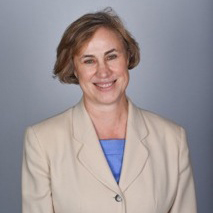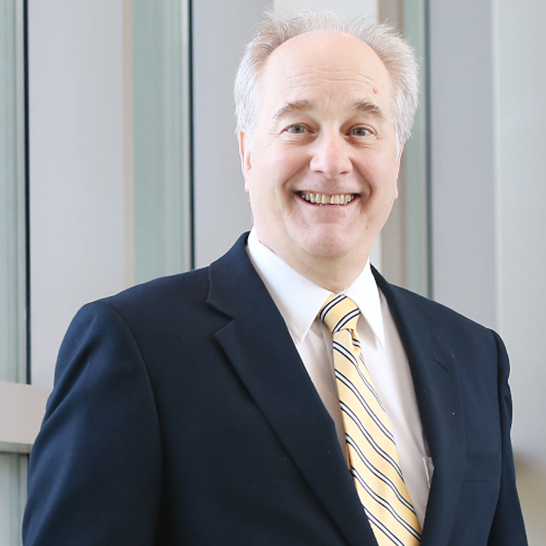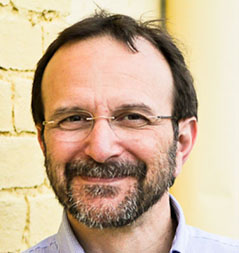Vincent, Elio and Michael discuss the finding of a prion in bacteria, and how communication between bacteria guides the decision between lysis and lysogeny.
At the Rocky Mountain Laboratory in Hamilton, Montana, Vincent speaks with Robert Heinzen about the work of his laboratory on Q fever and its causative microbe, Coxiella burneti.
Vincent meets up with Katy Bosio, Michael Merchlinsky, and Shilpa Gadwal at the ASM Biothreats meeting to talk about careers for scientists outside of the ivory tower.
The TWiMers discuss how changes in domestic laundering affect the removal of microorganisms, and assembly of a nucleus-like structure during viral replication in bacteria.
Vincent, Michael, and Michele explain the use of an electrochemical gradient to eliminate bacterial biofilms, and how phage susceptibility can be transferred by exchange of receptor proteins.
Vincent, Elio and Michele wind up a year of microbial podcasts with a story about the lack of resistance to a crop antifungal compound, and how a bacterium uses a molecular caliper to measure membrane thickness.
Jennifer joins Vincent, Elio, and Michael to talk about the work of her laboratory on how a respiratory virus enhances bacterial growth by dysregulating nutritional immunity.
At the Hamilton, Montana Performing Arts Center, Vincent speaks with three local high school graduates and two high school teachers about how Rocky Mountain Laboratories influenced school science programs and opened up career opportunities.
The TWiM team discusses microbial DNA found on ATM machines in New York City, and how hydraulic fracturing, or fracking, alters microbial ecosystems deep in the Earth.
The TWiM team brings you a bacterium from a Colorado field site that grows on uranium, and copper resistance in the emerging pathogen Acinetobacter baumannii.




